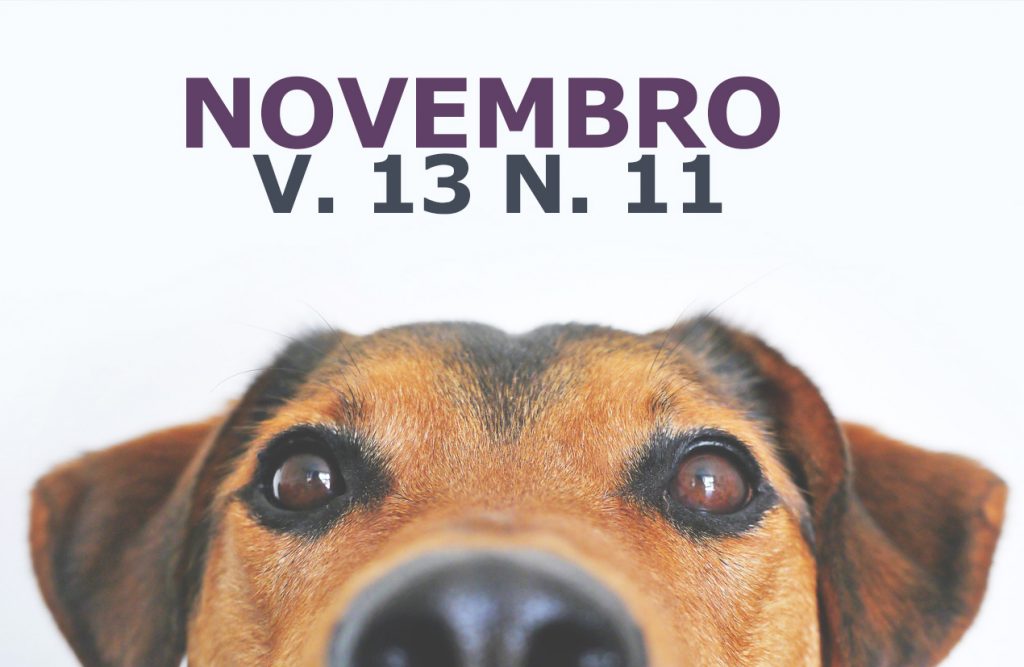Canine foliaceous Pemphigus: case report
DOI:
https://doi.org/10.31533/pubvet.v13n11a444.1-8Keywords:
dermatology, autoimmune disease, intense itching, immunosuppressantsAbstract
Autoimmune diseases of the skin are due to antibody production or activation of lymphocytes against their own skin components, and are uncommon in small animals, but more common in dogs than in cats. Clinically, pemphigus foliaceus is characterized by alopecic, pustular and crusted lesions. However, these conditions are a challenge for the clinical diagnosis, as they are related to a large number of dermatopathies observed in companion animals. The diagnosis of the disease is made by observing the history, clinical signs of the patient and complementary exams such as cytology of the injured skin and histopathological examination of the lesions. The treatment is done with immunosuppressants, aiming to suppress the patient's immune response. Because the treatment is long, the animal should be accompanied with laboratory tests to assess the side effects related to prolonged use of immunosuppressants. The aim of this article was to report a case of Pemphigus foliaceus in a five years old female English bulldog patient who presented rapid response to corticosteroid treatment. Pemphigus foliaceus should be included as a clinical suspicion in patients with mainly pustular skin lesions, since a correct and early diagnosis is essential for the success of treatment.
Downloads
Published
Issue
Section
License
Copyright (c) 2019 Adjanna Karla Leite Araujo, Adriana Leão de Carvalho Lima Gondim

This work is licensed under a Creative Commons Attribution 4.0 International License.
Você tem o direito de:
Compartilhar — copiar e redistribuir o material em qualquer suporte ou formato
Adaptar — remixar, transformar, e criar a partir do material para qualquer fim, mesmo que comercial.
O licenciante não pode revogar estes direitos desde que você respeite os termos da licença. De acordo com os termos seguintes:
Atribuição
— Você deve dar o crédito apropriado, prover um link para a licença e indicar se mudanças foram feitas. Você deve fazê-lo em qualquer circunstância razoável, mas de nenhuma maneira que sugira que o licenciante apoia você ou o seu uso. Sem restrições adicionais
— Você não pode aplicar termos jurídicos ou medidas de caráter tecnológico que restrinjam legalmente outros de fazerem algo que a licença permita.





